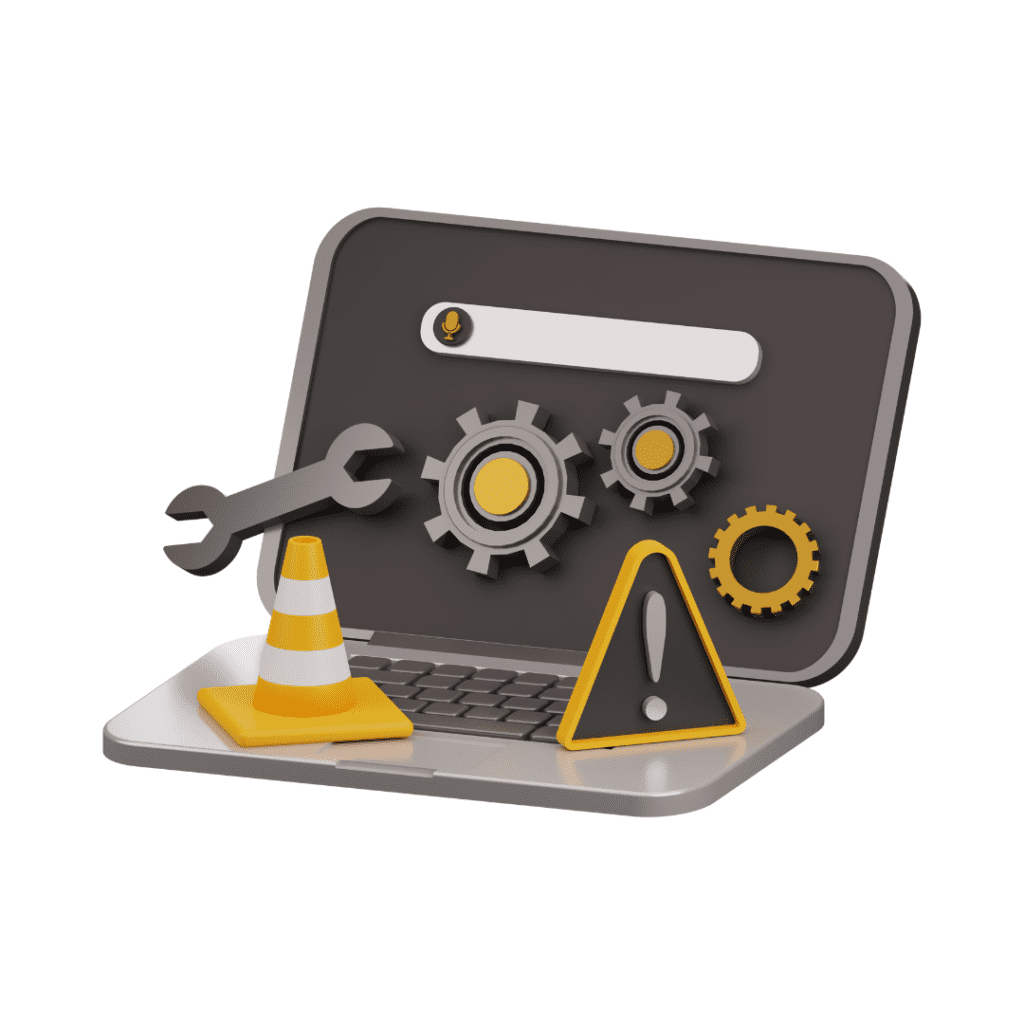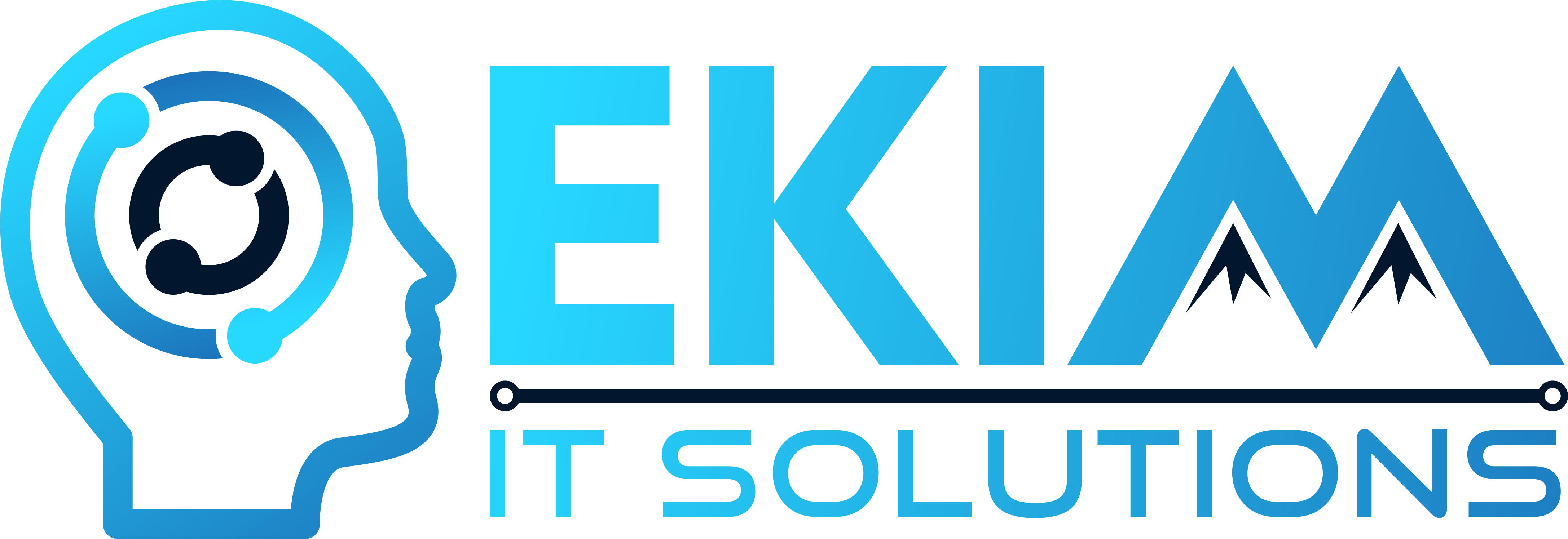Minimize Downtime, Maximize Success: Strategies for Continuous Operations
Downtime can be a major roadblock to your business success. Every minute your operations are down, you risk losing revenue, productivity, and customer satisfaction. That’s why it's so important to have strategies in place to minimize downtime and keep your business running smoothly.
What Is Downtime and Why Does It Matter?
Downtime is when your business operations are stopped or slowed down, usually because of equipment problems, software issues, maintenance, or unexpected disasters. The impact of downtime can be huge, affecting everything from how much work gets done to how happy your customers are. In industries like manufacturing, healthcare, quick service restaurants, and IT services, where uptime is crucial, the financial losses from downtime can be especially serious. The recent CrowdStrike outage, which affected businesses globally, is a prime example of the impact downtime can have. Check here to see how it affected other businesses.
Why Keeping Operations Running Smoothly Is So Important
When your business can run smoothly without interruptions, you’re in a better position to meet customer demands, keep productivity high, and succeed in a competitive market. In today’s world, where customers expect more than ever before, continuous operations can be the key to staying ahead of the competition.
How to Minimize Downtime and Keep Things Running

Start with Regular Maintenance
First, make sure you’re doing regular maintenance on your equipment. By checking and servicing equipment regularly, you can spot and fix problems before they cause major downtime. This is especially important in industries like manufacturing and transportation that rely heavily on machinery.

Use Technology to Your Advantage
Next, consider using advanced technology to monitor your systems in real-time. With tools like predictive analytics and AI-powered monitoring, you can detect problems as they happen and take action right away. Automation can also help by reducing the chance of human error and the need for manual intervention.

Have a Strong Disaster Recovery Plan
It’s also important to have a disaster recovery plan in place. Whether it’s a natural disaster or a technical glitch, having a plan ensures your business can bounce back quickly. This plan should include data backups, alternative ways to communicate, and clear roles for your team. Make sure to test and update your plan regularly.

Invest in Backup Systems
Additionally, consider investing in backup systems. This means having extra servers, power supplies, or even entire production lines that can take over if your main systems fail. While it might seem expensive at first, having these backups can save you a lot of money in the long run by preventing costly downtime.

Train Your Team
Your employees are also a key part of minimizing downtime. Make sure they are trained in best practices for using equipment, responding to emergencies, and following your disaster recovery plan. A well-prepared team can act quickly and effectively to keep your business running smoothly.
The Benefits of Outsourcing

Finally, consider outsourcing certain tasks, like IT support or equipment maintenance, to specialized providers like Ekim IT Solutions. Ekim IT Solutions often has the skills and resources to handle issues more efficiently. Outsourcing also allows your business to focus on what it does best, which can further boost productivity.
Keep your business running smoothly. Don’t let downtime hold you back. Start implementing these strategies today to minimize disruptions and keep your operations on track.

